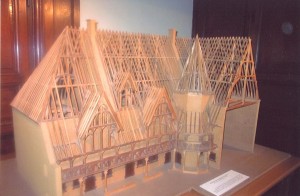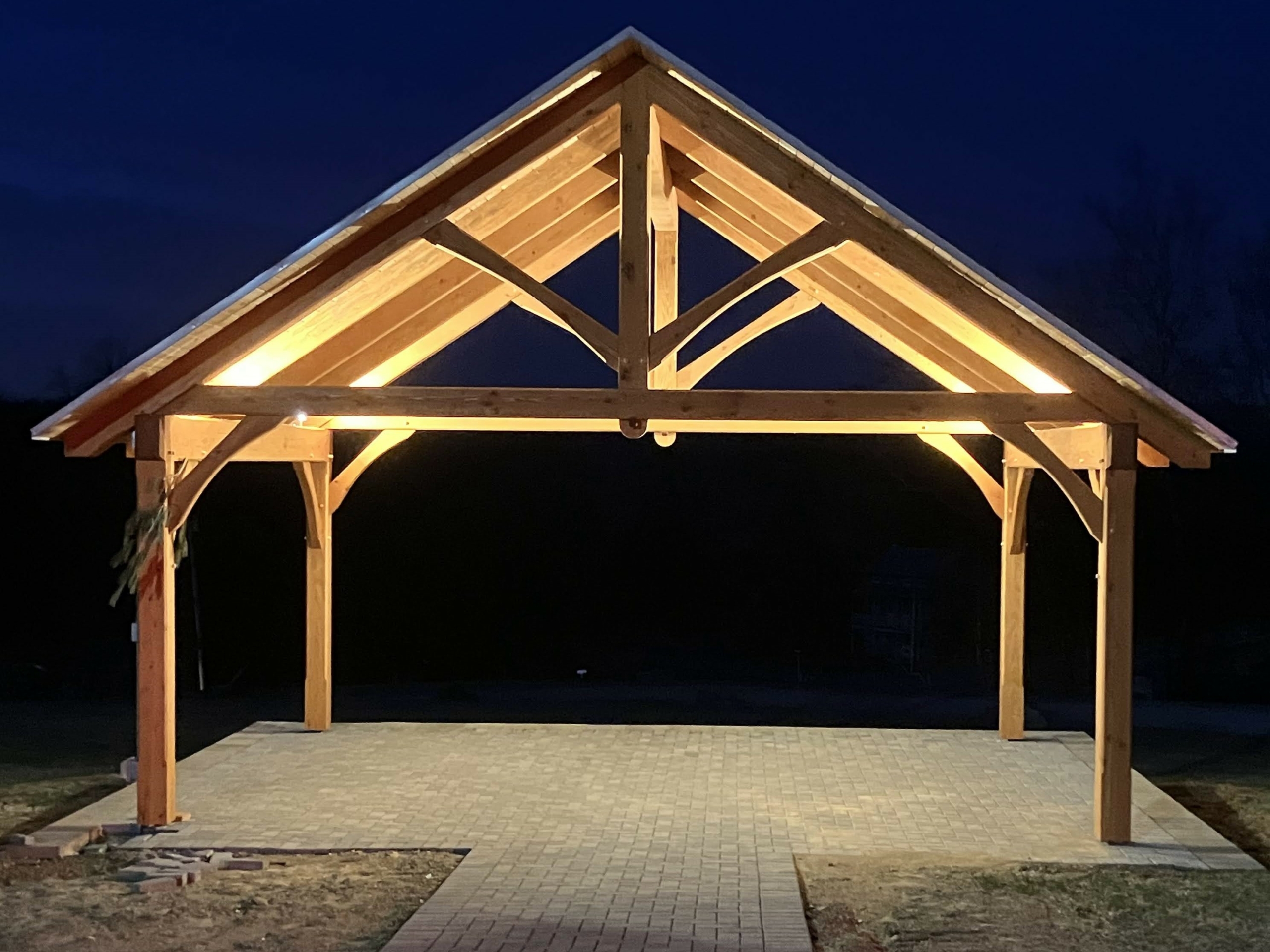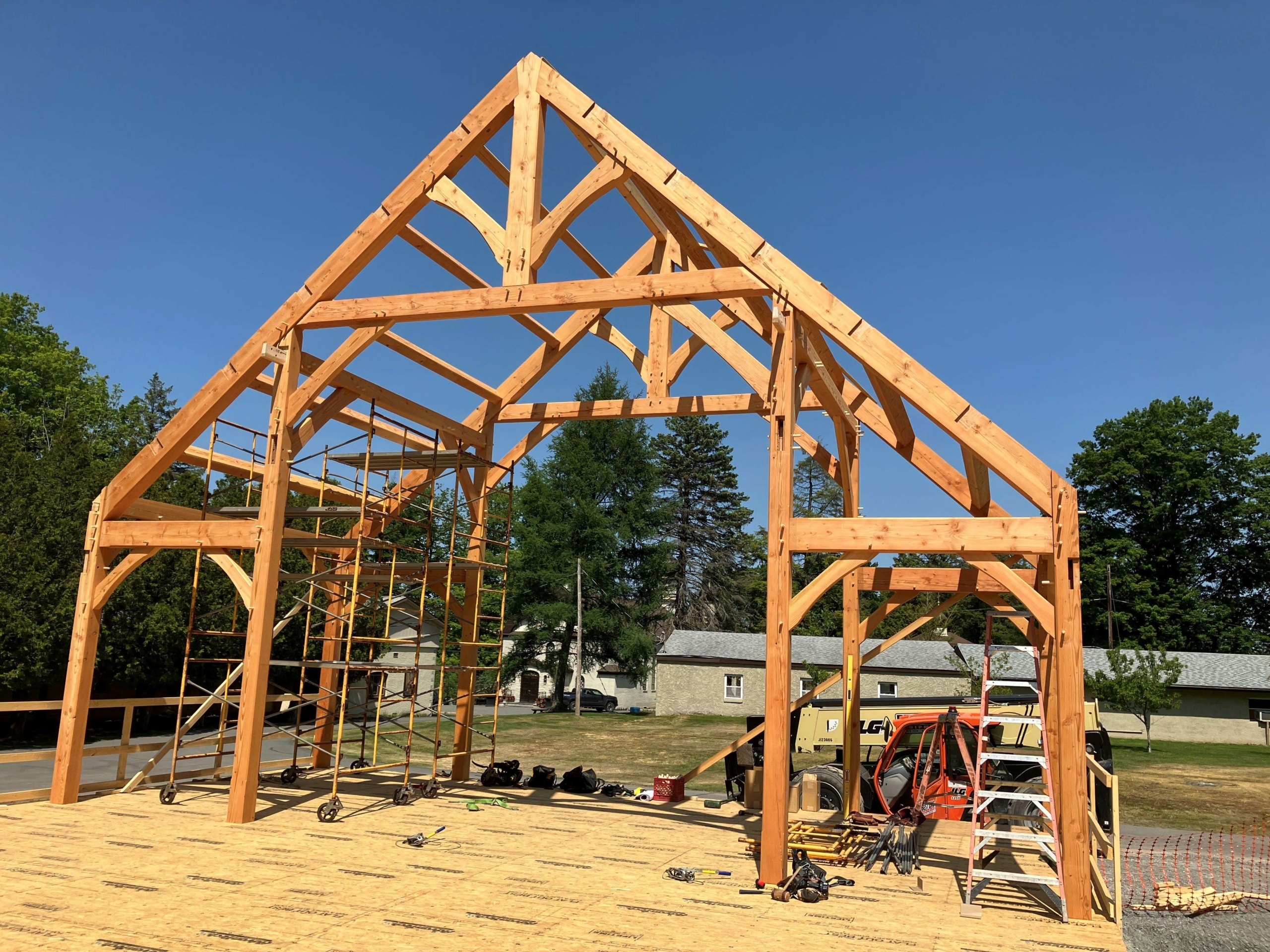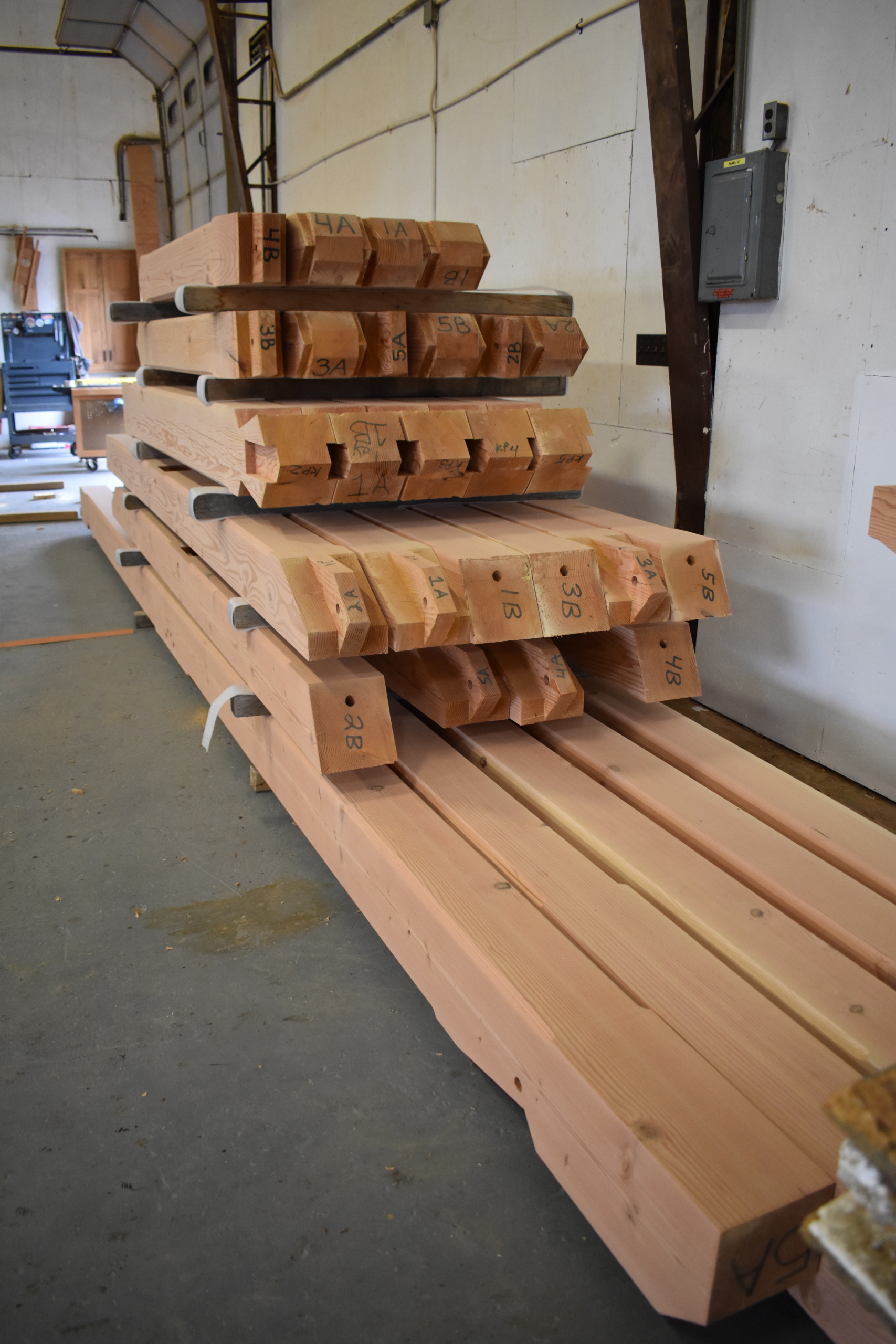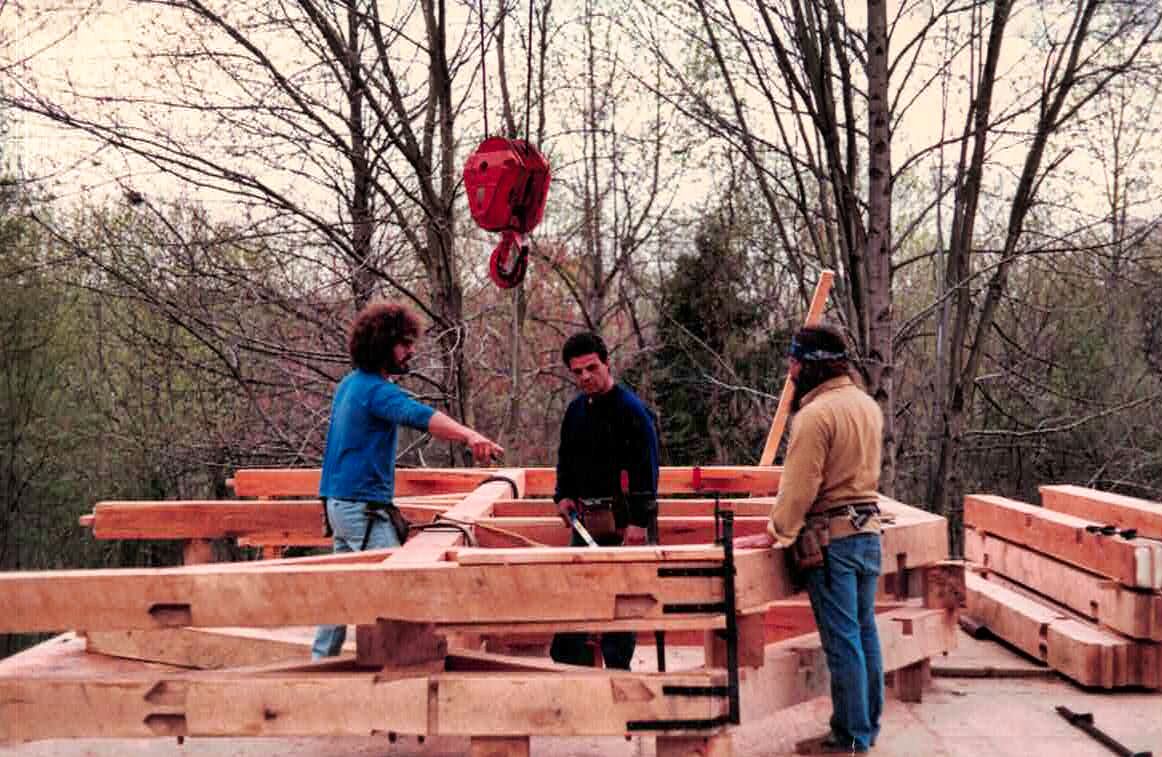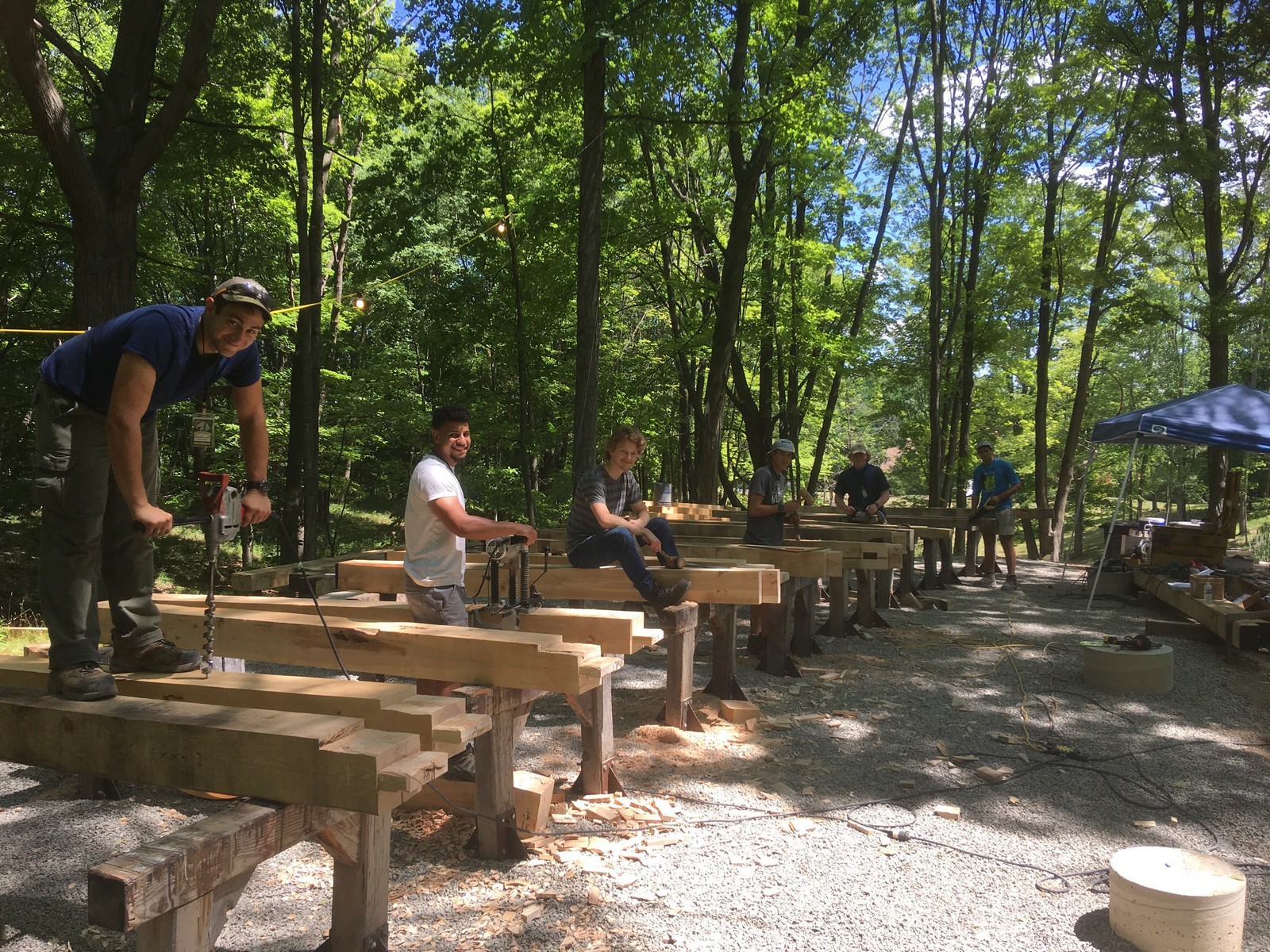My darling wife, in anticipation and celebration of my 65th birthday (actually, it was to be my 66th if one counted the actual day of birth as #1, but few do) proposed that we bicycle through France. I guess she figured that since I had had my left knee totally replaced fully eight months ago it was time to ruin my right knee and get that one replaced also. I thought it, but didn’t say it. My enthusiastic agreement was hugely insincere, but I didn’t want to smother her joy. When she later informed me that we would be sleeping on a barge for one week of our two week journey, I held a small, private funeral for my joy. I know what a barge is. I’ve seen barges. They haul freight – sometimes even garbage. I wanted to scream “Barges? We don’t need no stinkin’ barges.”
I thought it but I didn’t say it.
Our first two days were spent in Paris. We walked to the Arc d’Triomphe, the Eiffel Tower, the Louvre and Notre Dame. The Arc d’Triomphe was pretty much as I had envisioned, the Eiffel Tower more impressive in the flesh than it is in pictures, the Louvre was impossibly large and Notre Dame appeared smaller than I had expected. Though I felt like I had walked the whole of Paris, I hadn’t. But what I did find was that in this old city the structures are essentially masonry walls with timber framed floor and roof systems. One could easily conclude that when construction was at its peak, the Parisians preferred the Mansard roof shape and that they really, really liked dormers. Looking down on the city from a high perch I was taken by the incredible number of chimneys and the ridiculous number of flues which rose up from each chimney.
At the end of our second day we connected with the barge about two hours south of Paris. My misgivings about this part of our trip were totally unfounded. The barge’s “freight” was four couples. The barge was exquisitely appointed; the bike rides were not rigorous, particularly if one followed the canal paths. Our canal path was through the Burgundy region. As the barge moved at a snail’s pace we were able to mount our bikes, travel miles along the canal path, find a village, wander through it and then head back to the canal to catch the barge.
The villages, quaint and lovely, were, at least during the day, unusually quiet places. In some villages we encountered not a soul on the streets. The villages were old – not American old, but European old. The homes, or maybe more correctly, cottages, shared a commonality of appearance and style. There was a harmony and a wholeness that was very appealing. The walls were usually masonry while the floor and roof systems were timber framed. Curtains were not a hugely popular thing in the villages. The roof coverings were, almost without exception, tile.
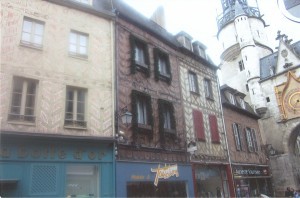 The French must love privacy – most of the properties were defined by masonry walls and many of these were above face level. We did hit some towns, Chablis for one, during our week on the barge and they were much like the villages only bigger, had more people, and the architecture was more varied. Whereas the homes in the villages were one- or two-storey affairs, in the larger towns these structures were taller and were most often half timbered (solid timbers with masonry in-fill walls set between the timbers) with a variety of colors applied to the timbers and/or the in-fill. These half-timbered homes are very similar to what I have seen in Germany, but the French approach to this method seems to me to be less busy – fewer small and gnarly timbers – and its seems that the French embellishments of the timbers when and where they occur are more delicately carved than what I saw in Germany.
The French must love privacy – most of the properties were defined by masonry walls and many of these were above face level. We did hit some towns, Chablis for one, during our week on the barge and they were much like the villages only bigger, had more people, and the architecture was more varied. Whereas the homes in the villages were one- or two-storey affairs, in the larger towns these structures were taller and were most often half timbered (solid timbers with masonry in-fill walls set between the timbers) with a variety of colors applied to the timbers and/or the in-fill. These half-timbered homes are very similar to what I have seen in Germany, but the French approach to this method seems to me to be less busy – fewer small and gnarly timbers – and its seems that the French embellishments of the timbers when and where they occur are more delicately carved than what I saw in Germany.
 After our little nautical adventure we set out by train and rental car to see more of Burgundy and then the Loire Valley before returning to Paris. We had a number of cities, chateaus and castles and cathedrals on our agenda. Cities, such as Beaune, upped the ante on everything except for street width. The highlight in Beaune for me was the Hôtel-Dieu des Hospices de Beaune, a hospital built for the poor (and for the salvation of its benefactor) built in 1443. It is quite simply a of timber framing.
After our little nautical adventure we set out by train and rental car to see more of Burgundy and then the Loire Valley before returning to Paris. We had a number of cities, chateaus and castles and cathedrals on our agenda. Cities, such as Beaune, upped the ante on everything except for street width. The highlight in Beaune for me was the Hôtel-Dieu des Hospices de Beaune, a hospital built for the poor (and for the salvation of its benefactor) built in 1443. It is quite simply a of timber framing.
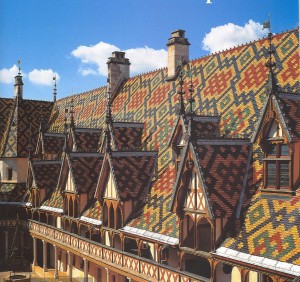 But throughout Beaune and Tours and all the other cities I visited, timber framing was everywhere: in hotels, restaurants, churches, cathedrals, shops, in the homes of the working class and in the mansions of rich. I was in heaven.
But throughout Beaune and Tours and all the other cities I visited, timber framing was everywhere: in hotels, restaurants, churches, cathedrals, shops, in the homes of the working class and in the mansions of rich. I was in heaven.
I may be accused of being a bit biased but I fully believe that as a trade and a craft timber framing has a richer, and likely, a deeper history than any other, but I think the evidence backs me up. The hierarchy and modularity of Chinese timber framing dating back 7,000 years; the intricacies and the grace of the Japanese frames; the trabeated systems of the Greeks; the perfection, if not the invention, of the truss by the Romans; the great walled timber frame towns (Rotweil, Bamberg) of Germany; the cruck and hammer beam frames of the British and the great barns of the American colonies – all support my “cold objectivity”. To these examples I can add the French for their intricate roof framing, their delicate and elaborate dormers and their unsurpassed level of craftsmanship.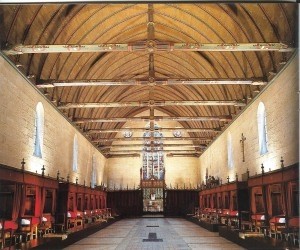
One last point – during my two weeks in France I not once noticed the construction of new housing nor did I see an old building being leveled.
– Tony Zaya
